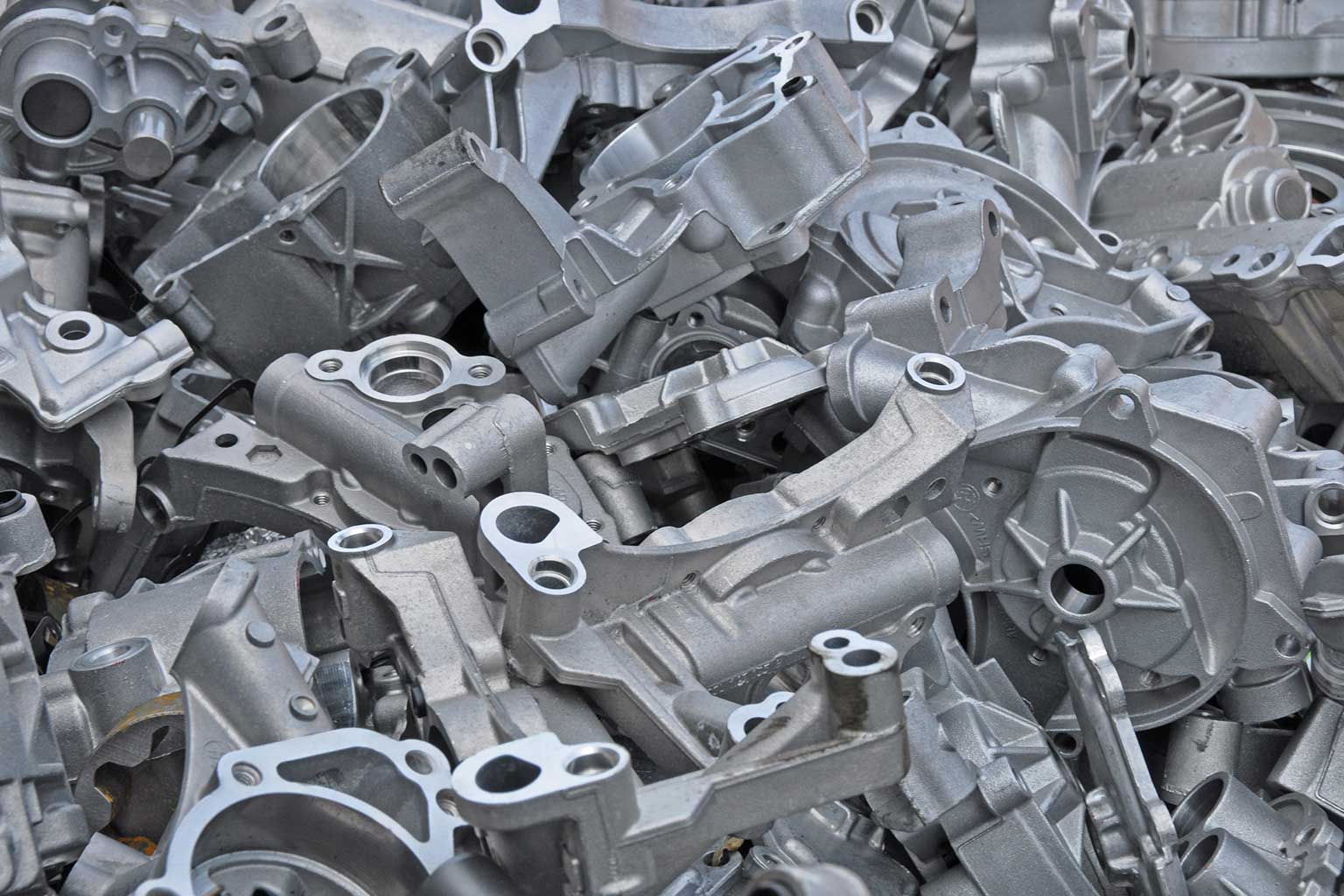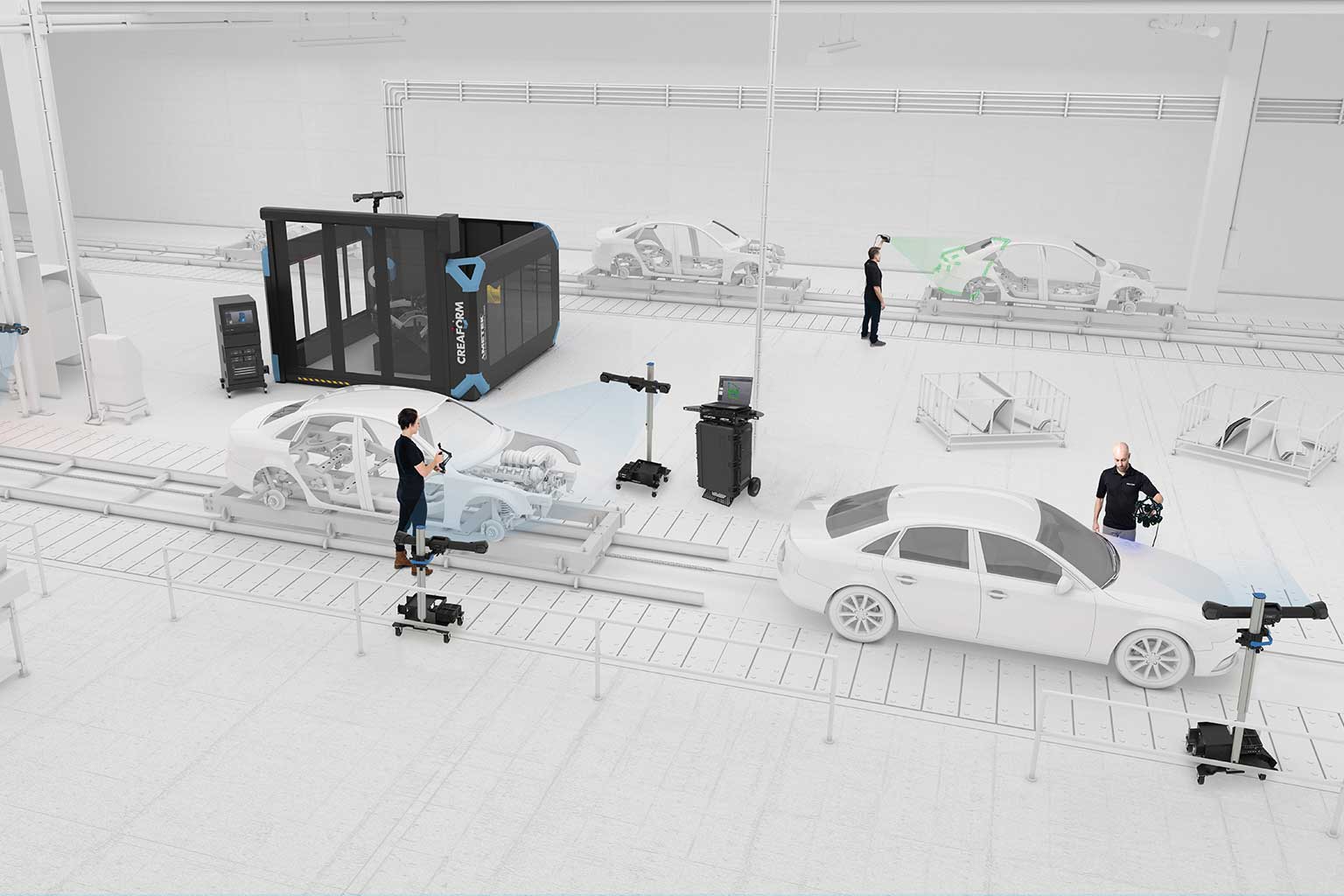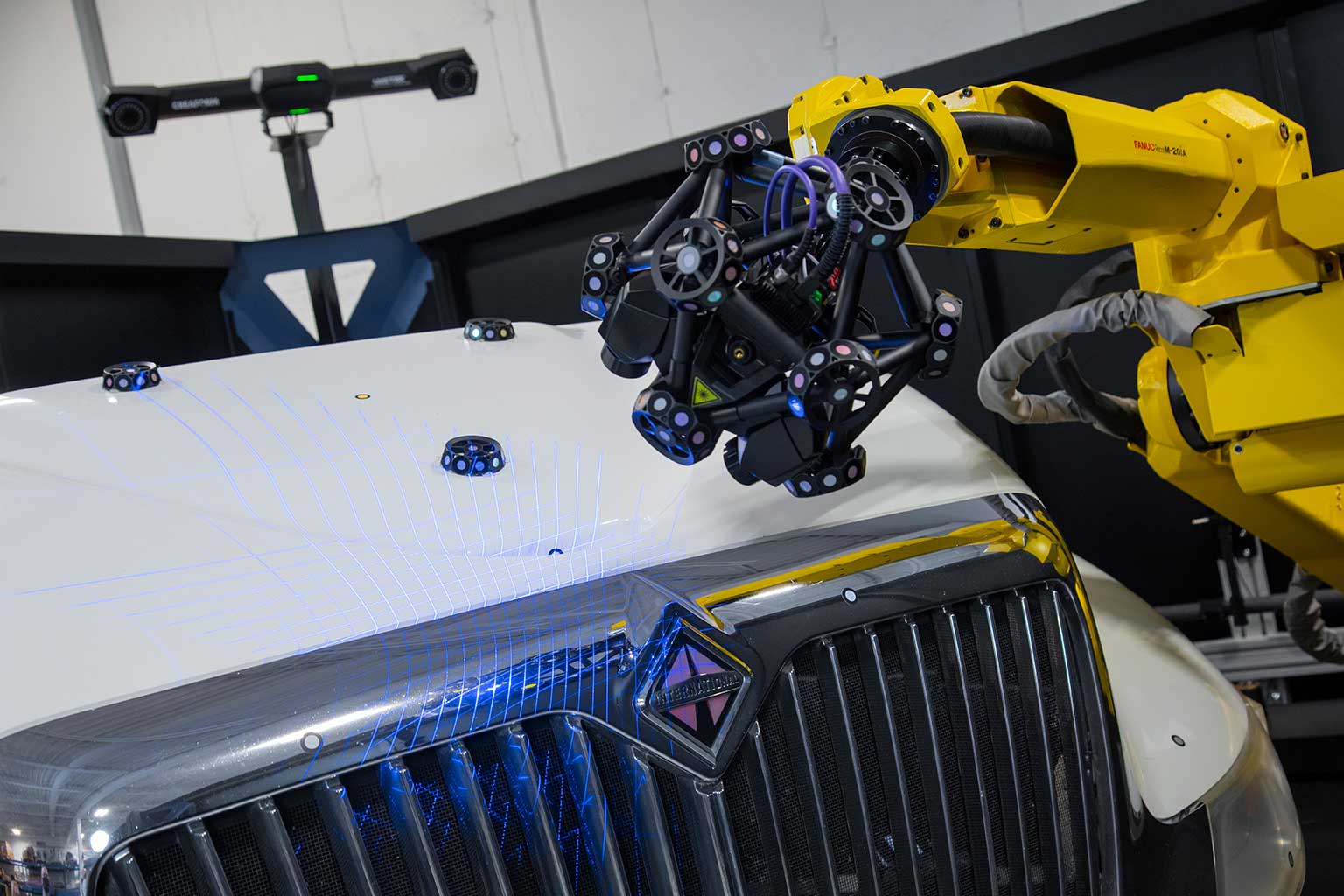Quality control, quality assurance & quality systems
What are quality management systems?
In order to determine the difference between quality assurance and quality control, it is important to understand two fundamental concepts.
For one, many people think that quality assurance and quality control are inherently the same process; in fact, even manufacturers often use quality assurance and quality control interchangeably. However, as this article will explain, quality assurance takes place upstream at the start of a manufacturer’s product development project, whereas quality control is carried out downstream during production or even post-production.
Secondly, quality assurance and quality control are actually part of a manufacturer’s complete, overarching quality system, also known as a quality management system (QMS). According to ISO 9000:2015: Quality management systems – Fundamentals and Vocabulary, a QMS is a set of business processes, methods, policies, documented information and tools that permeate an entire organization.
A QMS, when properly implemented, is designed to reassure—if not guarantee—that internal stakeholders, customers, supply chain partners, regulatory bodies and more that its products or services consistently meet quality requirements and comply with a specific market’s exacting standards.
A QMS is critical in helping manufacturers reduce their total cost of quality (COQ), which includes aggregated costs of preventing and rectifying poor quality. According to the American Society for Quality (ASQ), some manufacturers experience quality-related costs as high as 40% of gross sales—and many hover between 5% and 30%.
Unfortunately, as Quality Digest indicates, most executives believe that their companies’ COQ is less than 5% or, even worse, don’t know what it is at all.
Here’s an example: let’s say a manufacturer has $100M in gross revenue. If 20% of its revenues is impacted by poor quality, that is almost $20M a year—or around $77,000 per day in a workweek. That is a lot of money.
While quality assurance and quality control are fundamentally different, both play a huge role in reducing an organization’s COQ.
Now, let’s take a look at the differences between quality assurance and quality control.
What is quality assurance?
Quality assurance is a proactive process-based method to prevent quality control issues in products and services before they are developed and deployed. In sum, quality assurance can be viewed as a preventative measure.
Manufacturers implement quality assurance by defining and planning the quality assurance process, documenting it, selecting tools, such as checklists, to ensure it, and training staff accordingly.
Once the process is completely mapped and carried out, audits are normally also conducted periodically to validate that the quality assurance process is being respected and identify ways to optimize it.
What is quality control?
Quality control takes place after the quality assurance process has been defined. Contrary to quality assurance, which is based on a structure and effective planning, quality control is product- or service-based. The primary goal of a quality control process is to make sure there are no defects in a product or service and that quality requirements are being fulfilled.
In some ways, quality control can be perceived as being a more reactive method. The reason? While quality assurance plans for products or services to be of quality, quality control actually identifies and helps to correct errors in finished product/service before being rendered to customers. Quality control leverages comprehensive testing and inspections to monitor the quality of a manufacturer’s production output.
As you can see with the differences between quality assurance and quality control, if a manufacturer fully controls its quality assurance, fewer quality issues and costs will occur in the quality control phase. A tight grip on both quality assurance and quality control means less COQ—and a better bottom line.
Costs and impacts of poor quality assurance

Prevention costs
As mentioned above, quality assurance is a means to ensure a quality product or service. However, there are costs associated with good quality. The first type is prevention costs.
Prevention costs are all the costs associated with the developing and maintaining both the overall quality system as well as setting up quality assurance processes. Prevention costs include: quality and process planning, new product specifications reviews, personnel training and evaluation, quality improvement projects, etc.
When a QMS and quality assurance are properly set up within an organization, prevention costs can actually seem like an investment in order to mitigate the significant impact of poor quality products when they hit the market—and maintain profitability.
Appraisal costs
Manufacturer incurs appraisal costs whenever suppliers or customers evaluate their purchased parts, materials, products or services to ensure they meet performance requirements, quality standards, and/or industry regulations.
Examples of appraisal costs are: verifications of incoming purchases, quality audits, field and calibration testing, the development of quality control, inspection and testing reports (both in-process and during final assessments), etc. Appraisal costs, in sum, provide customers and suppliers the confidence that products meet their quality standards.
Costs and impacts of poor quality control processes

Internal failure costs
Internal failure costs are caused when products and services do not meet quality requirements or fail to meet customers’ needs. These quality issues are detected before products and services are delivered to customers.
Internal failure costs include:
- Root-cause and failure analyses
- Re-deisgn, rework, rectification and retesting
- Scraps, inventory shortages, additional procurement costs
- Sensitive to vibrations and must be used in a metrology lab
- Production downtimes and delays
- Extra manpower or resource re-allocation
External failure costs
External failure costs, as the term implies, are generated by defects found after a product or service is delivered to external customers. Apart from the costs associated with external failures, a manufacturer’s brand image can be substantially impacted by customers’ perception of poor quality and dissatisfaction.
External failure costs include:
- Complaint handling
- Customer and technical support
- Warranty claims
- Returns and recalls, including transportation costs
- SLA penalties
- Repairs and servicing
- Other forms of compensation
- Legal issues with customers, suppliers or regulatory bodies
- Public relations costs
Strategies to reduce total cost of quality (COQ)

A manufacturer’s total cost of quality can be calculated in the following way:
Cost of quality = (Prevention costs + Appraisal costs) + (Internal failure costs + External failure costs)
It is important to note that investing in costs associated with good quality does not mean the overall cost of quality will increase. In fact, with the right investments and optimization in its QMS and quality assurance processes, the cost of quality should decrease. Moreover, to reduce its total cost of quality, one of a manufacturer’s best bets is to make sure the cost of good quality is lower than the cost of poor quality.
By proactively handling quality from the outset of a product or service development process, the cost of poor quality will also decrease.
One means that a manufacturer can slash its costs of good quality is by integrating new technologies, such as 3D measurement and automated quality control solutions, to carry out quality assurance and quality control tasks.
Despite the upfront investment, these solutions are proving to be invaluable in improving quality in a wide range of products as well as helping manufacturers address the many operational challenges linked to quality assurance and quality control.
Let’s take a look at the quality assurance and quality control benefits of the R-SeriesTM, Creaform’s automated 3D scanning solutions. These solutions allow quality assurance and control teams to quickly capture 3D measurements of prototypes, parts and products.
Creaform’s R-Series: Viable solutions to reducing costs of quality

Designed for automated quality assurance and quality control applications, the R-Series offers several advantages for manufacturers looking to minimize the costs of good and poor quality.
The R-Series is comprised of the MetraSCAN 3D-R™, a powerful, innovative robot-mounted optical CMM scanner that can be seamlessly integrated into automated quality assurance and quality control processes, and the CUBE-RTM, a high-performance industrial measuring cell that can be integrated in factories for at-line inspections.
Here is how the R-Series can contribute to lowering a manufacturer’s total quality costs.
Increased productivity
The MetraSCAN 3D-R enables the measurements of hundreds of prototypes, parts or final products per day. With its high measurement rates of up to 1,800,000 measurements per second, quality teams can greatly improve their productivity—and speed up both their quality assurance and quality control processes. Better productivity means guaranteed quality at a faster throughput rate.
Accuracy & reliability
Thanks to its metrology-grade accuracy, repeatability and resolution, the MetraSCAN 3D-R generates the ideal results for quality assurance and quality control purposes—regardless of harsh prototyping and production environments. The optical CMM scanner can withstand shop floor vibrations, thermal variations, part movements and environmental instability—all without compromising on data accuracy or reliability. Imagine achieving a shop floor accuracy, with dynamic referencing of 0.025 mm (0.0009 in)!
Simplicity
Designed for fast onboarding and easy operation, the Metra-SAN 3D-R enables simple 3D scanning by operators of almost any skill level. No metrology or robotics expertise required to capture 3D measurements. This means that manufacturers, who often struggle with labor shortages and lack of qualified QC staff, can nevertheless carry out critical quality assurance and quality control tasks using the MetraSCAN 3D-R.
Flexibility
Finally, the MetraSCAN 3D-R offers unmatched versatility to detect quality issues with its blue-laser technology and configuration parameters: quality assurance and control teams can collect 3D measurements on all types of parts, regardless of their size, geometry, finish or complexity. Highly efficient 3D scans can even be acquired on shiny surfaces or objects with varying degrees of reflectivity.
While there are several differences between a quality management system, quality assurance and quality control, they all contribute to delivering defect-free products and services to the market. Quality assurance and quality control, as integral parts of a quality management system, play key roles in reducing a manufacturer’s total quality costs, protecting its bottom line, and keeping its brand image in check.









